CompTIA A+ 220-1101 | 2.1 Port Numbers (Detailed)
1/15
Earn XP
Description and Tags
Reviews Common Port Numbers
Name | Mastery | Learn | Test | Matching | Spaced |
|---|
No study sessions yet.
16 Terms
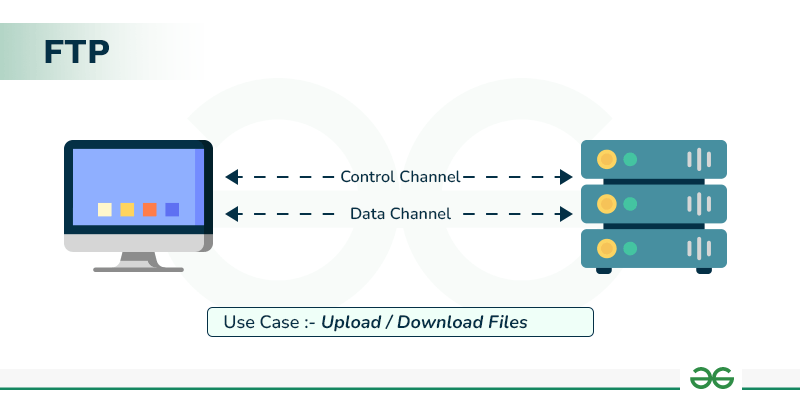
File Transfer Protocol (FTP)
Transfers files from one client to another
Allows for full file management functions
Operates on in Transfer Control Protocol (TCP)
TCP/20 - allows for data transfer
TCP/21 - controls that data transfer
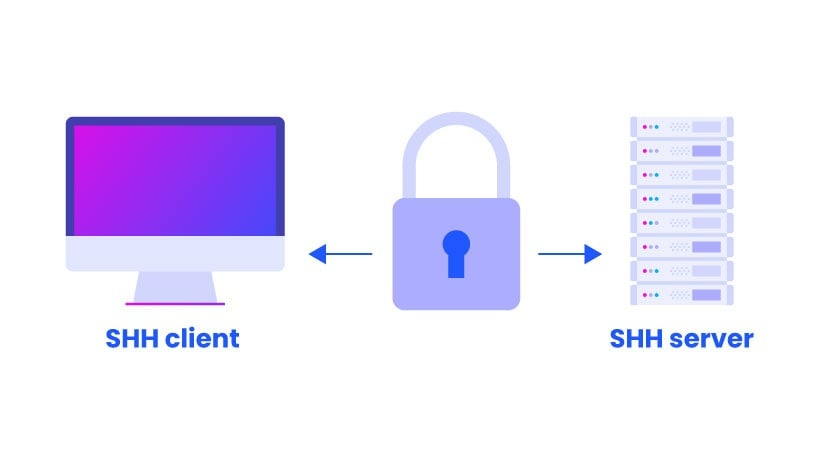
Secure Shell Host (SSH)
Allows for text based connection to a terminal with encryption
Operates in Transfer Control Protocol (TCP)
TCP/22 - enables secure remote access

Telnet
Allows for text based terminal connection without encryption
Operates in Transfer Control Protocol (TCP)
TCP/23 - enables remote access
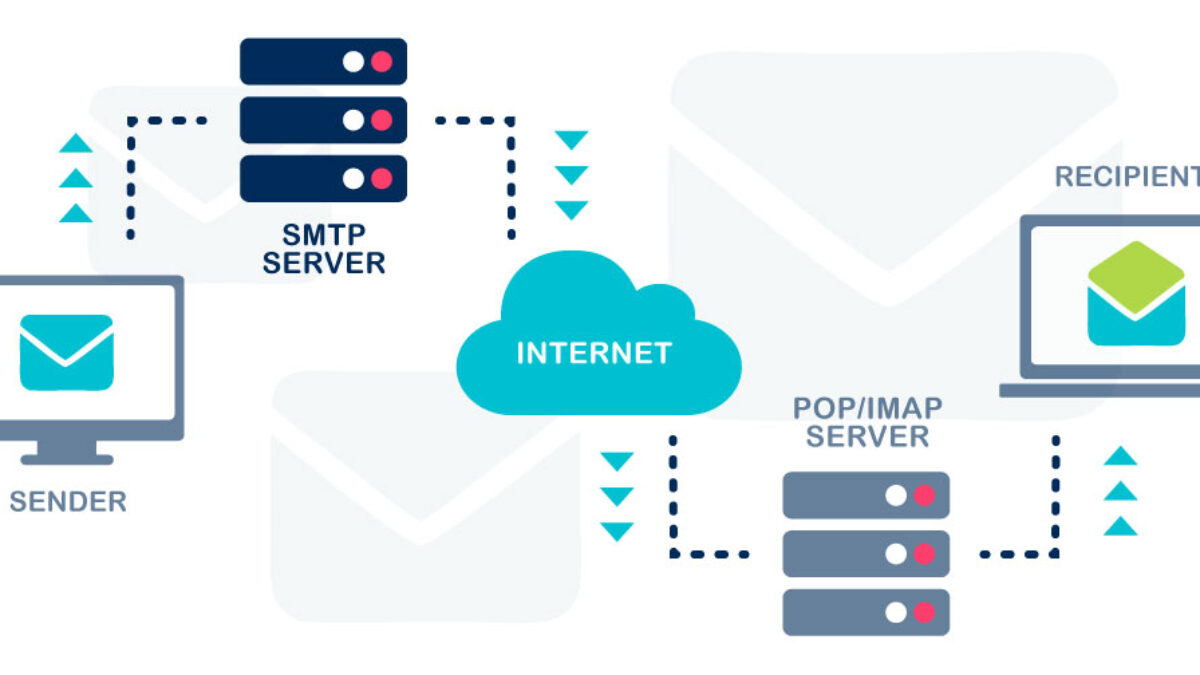
Simple Mail Transfer Protocol (SMTP)
Allows client to send mail to a mail server
Operates in Transfer Control Protocol (TCP)
TCP/25 - enables email transmission

Domain Name System (DNS)
Converts common site names to accessible IP addresses
Operates User Datagram Protocol (UDP)
UDP/53
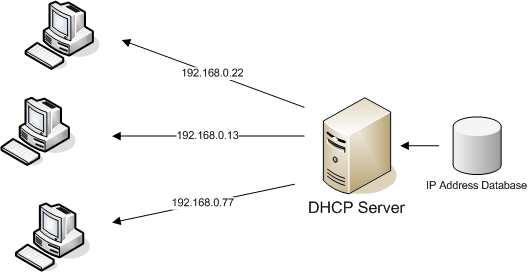
Dynamic Host Configuration Protocol (DHCP)
Auto assigns IP addresses to devices once connected to network
Can work on a leasing system, which requires renewal of IP registration
Reservations can be made, which allows for specific devices to receive specific IP address every time it connects
Requires a DHCP server
Operates in User Datagram Protocol (UDP)
UDP/67 and UDP/68 - facilitates dynamic IP address assignment
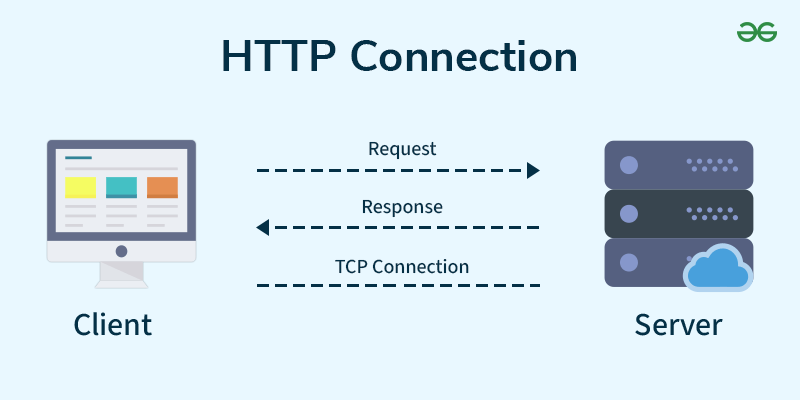
Hyper Text Transfer Protocol (HTTP)
Allows for transfer of information via the internet
Operates in Transmission Control Protocol (TCP)
TCP/80 - enables web page loading
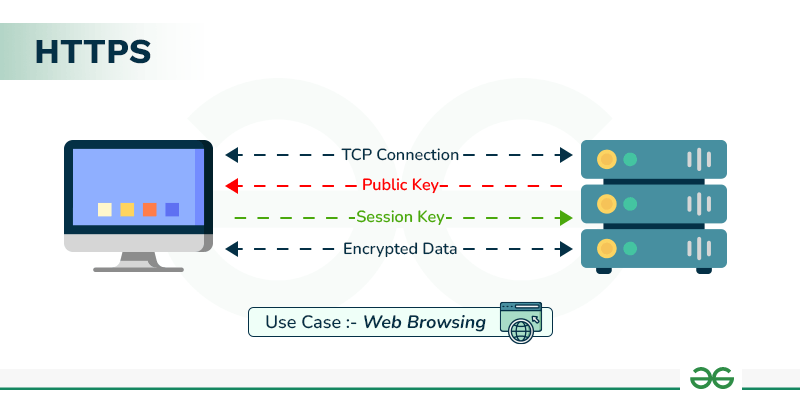
Hyper Text Transfer Protocol Secure (HTTPS)
Allows for transfer of information via the internet, with encryption
Operates in Transmission Control Protocol (TCP)
TCP/443 - secures data transmission over the web
Server Message Block AKA Common Internet File System (SMB/CIFS)
The modern protocol
Used by Windows
Allows for transfer of files between clients using the same operating system, and shared resources like printers and other networked devices
Operates in Transmission Control Protocol (TCP)
TCP/445
NetBios
The older SMB protocol
Operates on both TCP and UDP
TCP/139 - sets up session and allows for data transfer between devices
UDP/137 - names networked services so devices can be found by name on the network

Lightweight Directory Access Protocol (LDAP)
Allows query (search) of directory
Examples: Active Directory
Operates in Transmission Control Protocol (TCP)
TCP/389
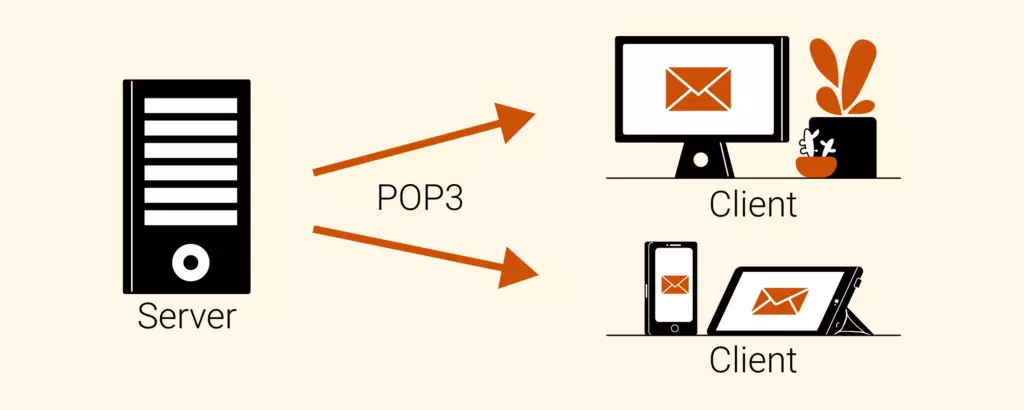
Post Office Protocol v3 (POP3)
Allows for retrieval of emails on one client
Operates in Transmission Control Protocol (TCP)
TCP/110
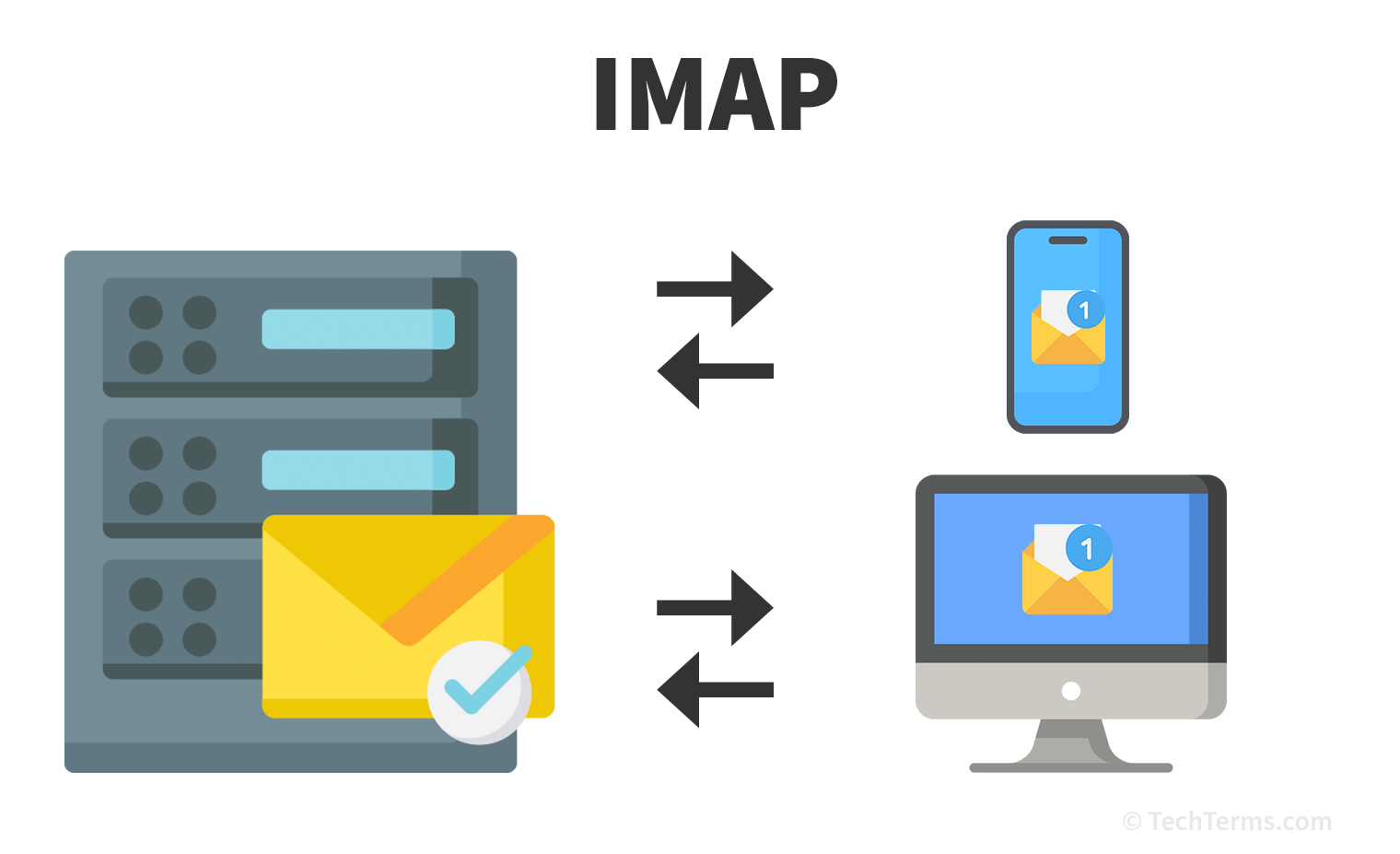
Internet Message Access Protocol (IMAP)
Allows for inbox management from multiple clients
Operates in Transmission Control Protocol (TCP)
TCP/143
Simple Network Management Protocol (SNMP)
Allows management devices to query infrastructure devices for performance statistics, and receives the results in return
Queries are done on port UDP/161
Alerts, which can be configured to trigger when certain circumstances are met, occur on port UDP/162
There are three versions
v1
Original version
Unencrypted
v2
Allowed for bulk transfer
Unencrypted
v3
Encrypted
Guarantees authentication, and message integrity
Remote Desktop (RDP)
Allows for remote assistance to target client
Operates on Transmission Control Protocol (TCP)
TCP/3389